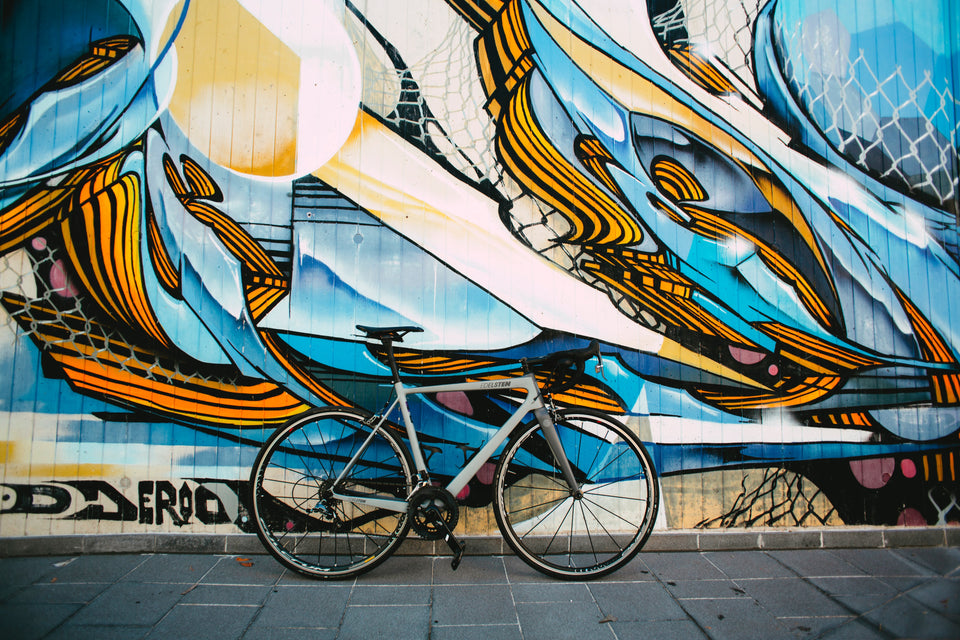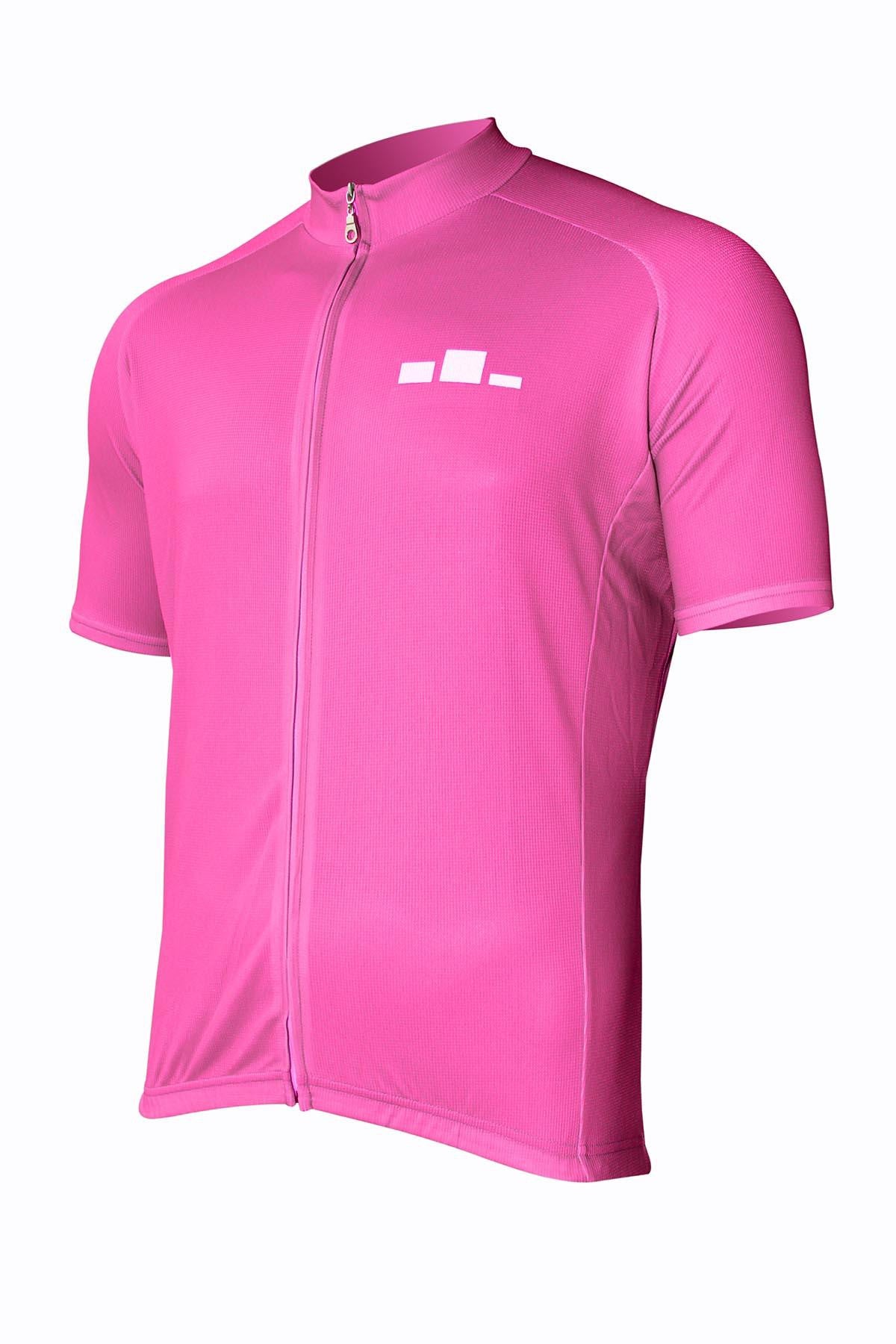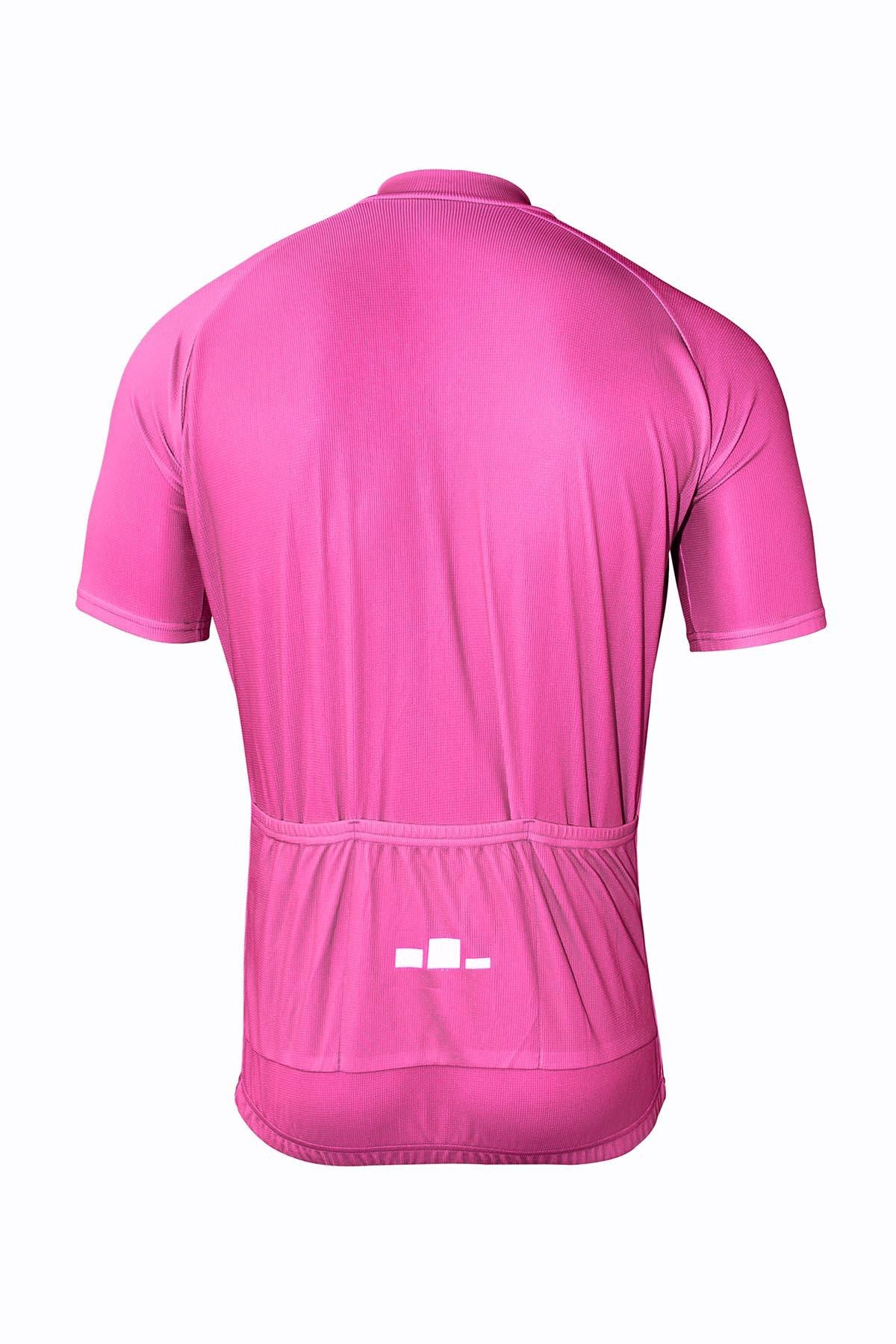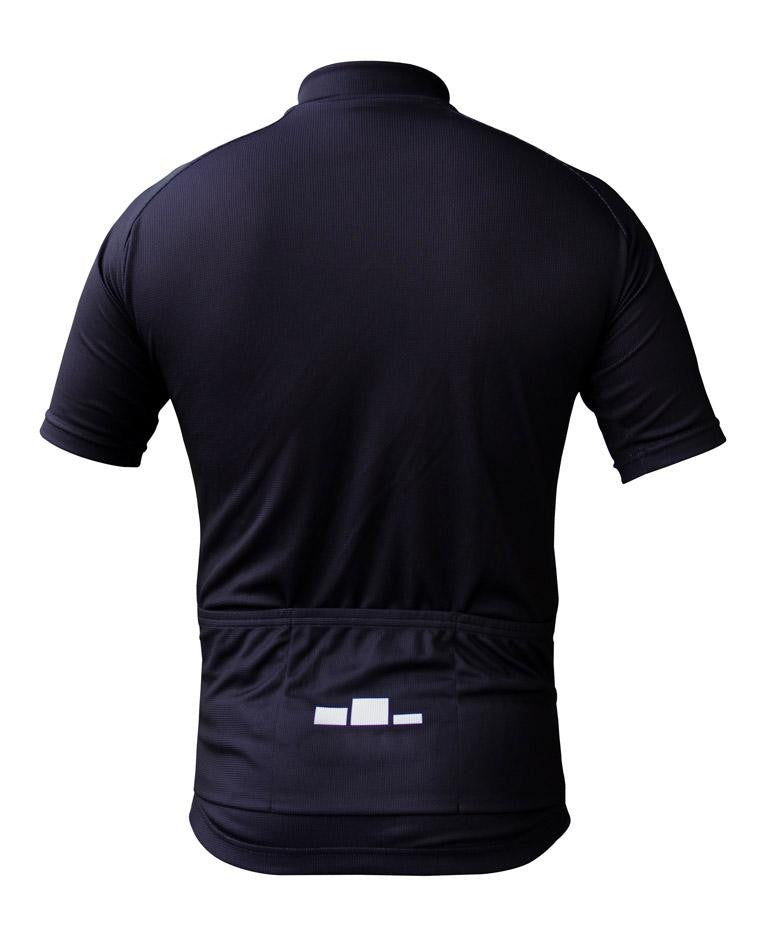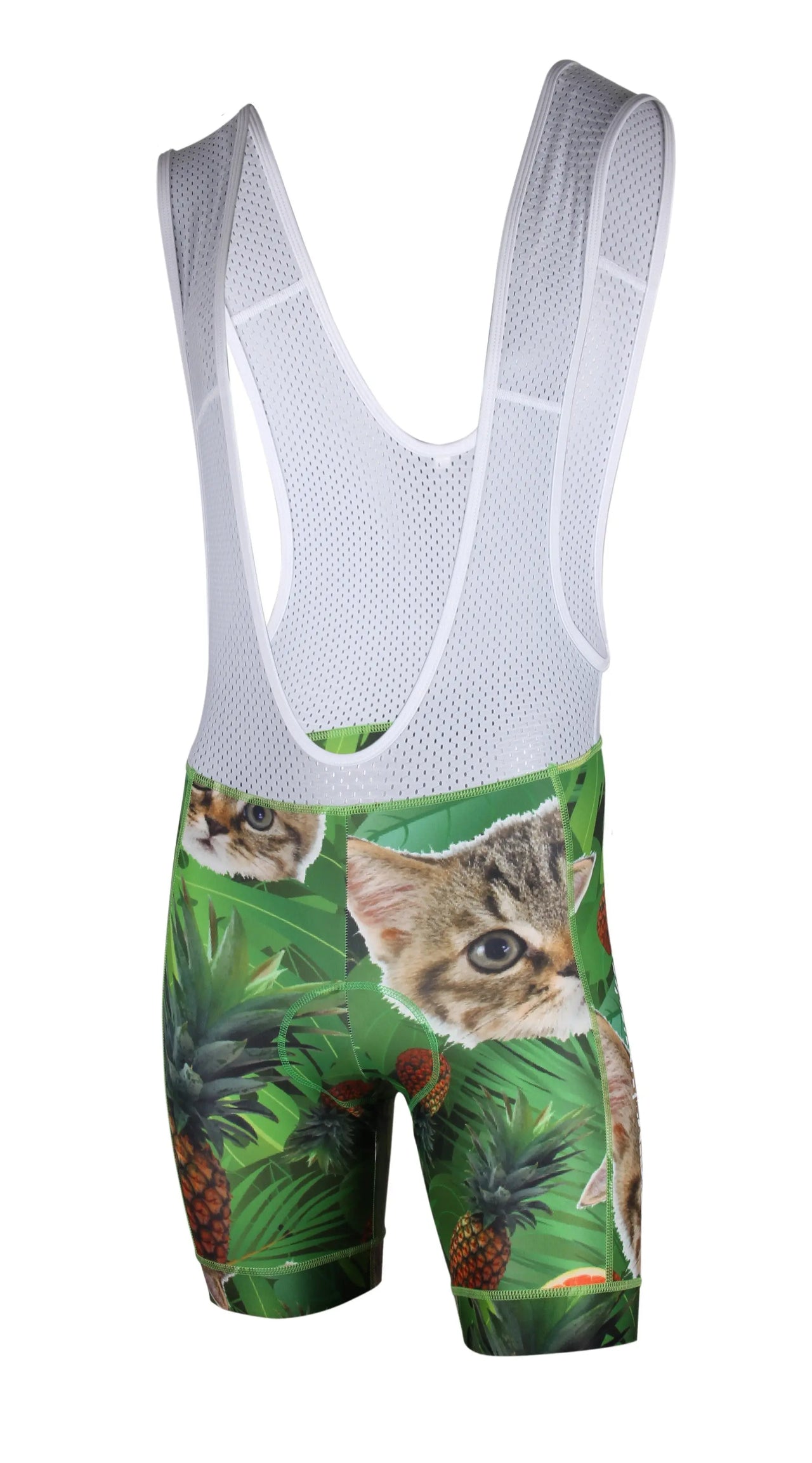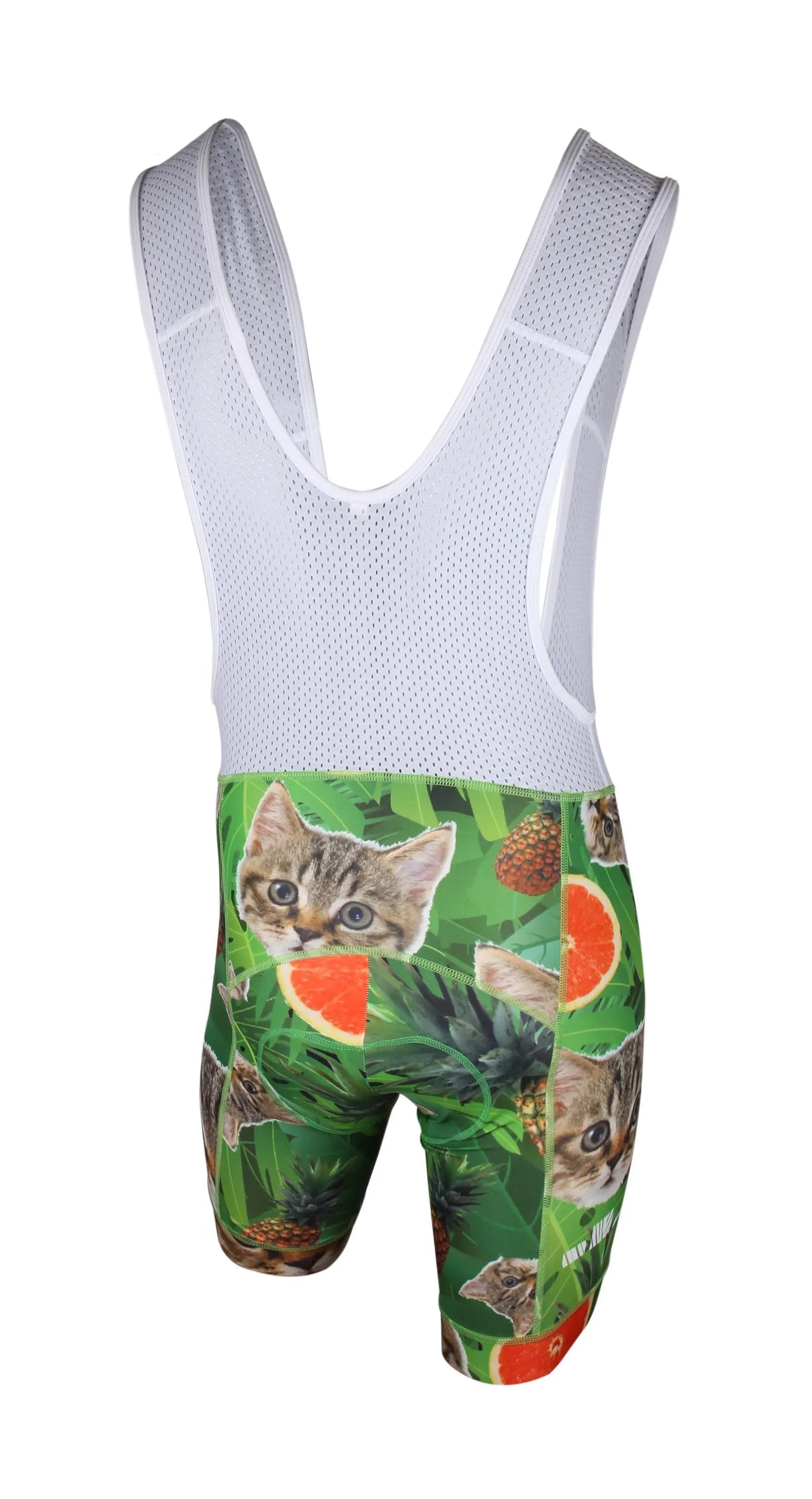Fixed Gear Bikes: A Complete Guide for Beginners
Fixed gear bikes, or "fixies," have been gaining in popularity in recent years as more and more people are looking for a simple, efficient, and fun way to ride. While fixies are often associated with track racing, they can be ridden on the road or even off-road. In this complete guide for beginners, we'll cover everything you need to know about fixed gear bikes, from how they work to what to look for when buying one. Whether you're looking to get into racing or just want a unique and stylish ride, a fixie might be the perfect bike for you.If you're new to the world of fixed gear bikes, this guide is for you! We'll cover everything you need to know to get started, from choosing the right bike to learning how to ride.
When it comes to choosing a fixed gear bike, there are a few things to keep in mind. First, you'll want to make sure that the frame is the right size for you. You can do this by measuring the top tube of the frame - the distance from the seat tube to the head tube. If the top tube is too long, you'll have a hard time reaching the handlebars; if it's too short, you'll feel cramped.
Next, you'll want to consider the gear ratio. This is the ratio of the front sprocket to the rear sprocket, and it determines how easy or difficult it is to pedal. A higher gear ratio means it's easier to pedal, while a lower gear ratio makes it harder. If you're just starting out, it's best to choose a bike with a lower gear ratio so you can get used to pedaling.
Finally, you'll need to decide on the right wheels for your bike. Fixed gear bikes typically come with either 700c or 650c wheels. 700c wheels are the standard size for road bikes, while 650c wheels are smaller and typically used for track bikes. If you're not sure which size to get, it's best to try out both and see which feels better for you.
Once you've chosen the right bike, it's time to learn how to ride! The first thing you'll need to do is get used to pedaling. Since there's no coasting on a fixed gear bike, you'll need to keep pedaling even when you're going downhill. This takes some getting used to, but you'll get the hang of it with practice.
Next, you'll need to learn how to brake. On a fixed gear bike, you can brake by pedaling backwards. This takes a bit of practice, but it's the most effective way to slow down. You can also use the brakes on the handlebars, but be careful not to lock up the wheels.
Finally, you'll need to learn how to change gears. This is done by shifting the chain from one sprocket to another. To shift up, you'll need to move the chain from the smaller sprocket to the larger one. To shift down, you'll need to do the opposite. It's best to practice shifting gears before you take your bike out on the road.
That's it! Now you're ready to hit the streets on your new fixed gear bike. Just remember to start slow and practice often, and you'll be an expert in no time.If you're thinking about getting a fixed gear bike or just want to learn more about them, this guide is for you. We'll cover everything from what a fixed gear bike is and how it works, to the pros and cons of riding one. By the end, you'll know if a fixed gear bike is the right choice for you.


